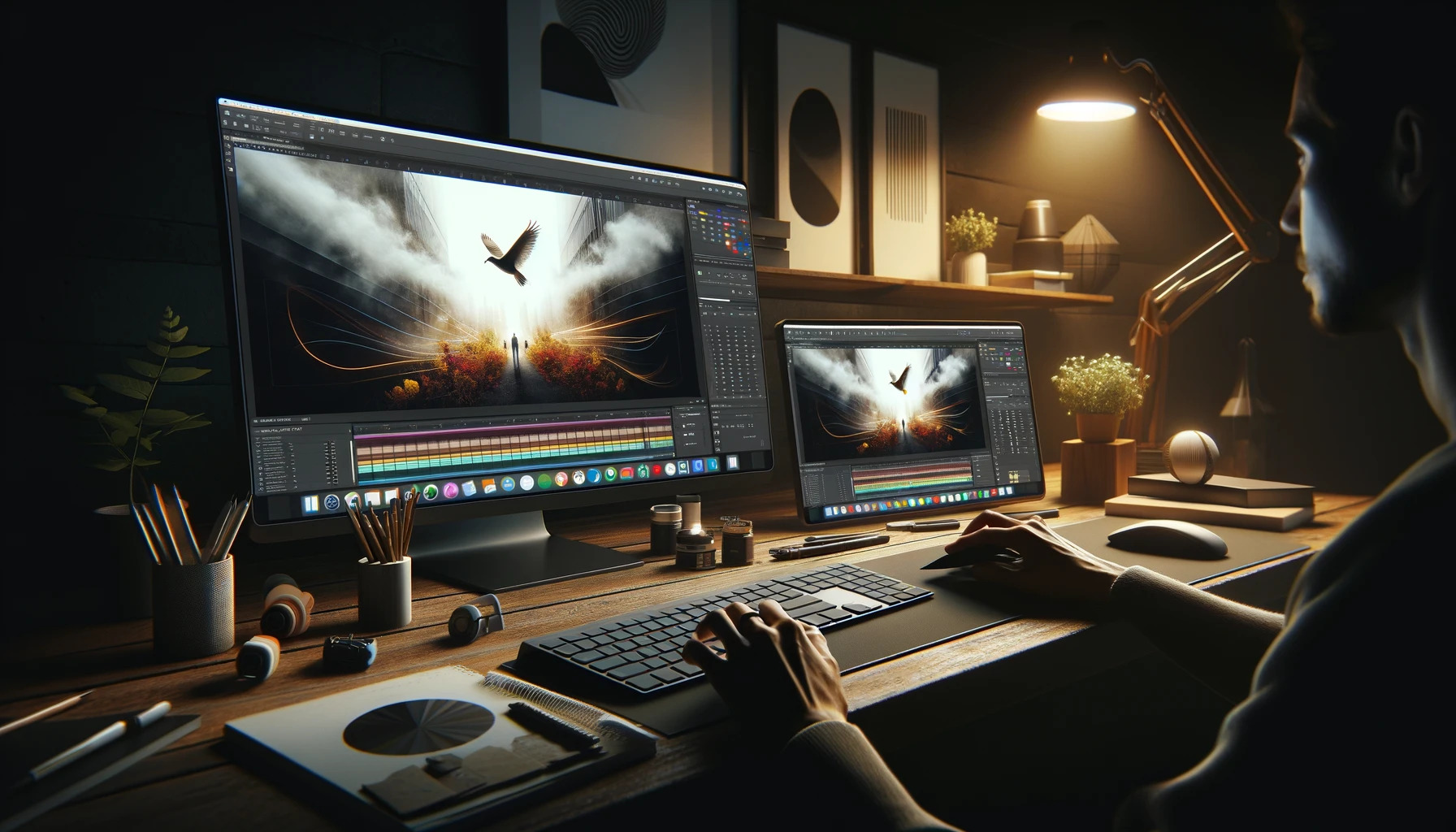Writing Custom Scripts for Image Upscaling
By Greyson
Published March 8, 2024
 Writing Custom Scripts for Image Upscaling
Writing Custom Scripts for Image Upscaling
Image upscaling is essential in digital imagery, elevating low-resolution pictures to high-definition quality. This article focuses on crafting custom scripts that leverage advanced upscaling techniques for unparalleled image enhancements, fundamentally changing our approach to image improvement.
Understanding Image Upscaling
At its core, to upscale an image is to increase its resolution while maintaining, or even enhancing, its original quality. This process involves intricate algorithms and methodologies that interpolate additional pixels into the image, crafting details that weren't originally present.
Why Custom Scripts?
Custom scripts for image upscaling offer unparalleled flexibility and control over the upscaling process. They allow for:
- Tailored solutions that cater to specific types of images, such as digital art, photographs, or text documents.
- Integration of the latest research and techniques in image processing.
- Automation of the upscaling process for large batches of images, saving time and resources.
Getting Started with Scripting for Upscaling
1. Choose Your Programming Language
Python is widely recommended due to its extensive libraries dedicated to image processing, such as OpenCV and Pillow, and its overall simplicity and readability.
2. Understand the Basics of Image Processing
Before diving into upscaling, familiarize yourself with basic image processing concepts, such as pixel manipulation, color spaces, and image filtering.
3. Explore Existing Upscaling Algorithms
Investigate established upscaling algorithms, like nearest-neighbor, bilinear, bicubic interpolation, and more sophisticated ones like AI-based super-resolution techniques.
Writing Your First Upscaling Script
Step 1: Setting Up Your Environment
Install Python and relevant libraries. A simple pip install opencv-python pillow should suffice to get you started.
Step 2: Reading and Resizing the Image
from PIL import Image
# Load your image
image = Image.open('path/to/your/image.jpg')
# Define new size, double the original for simplicity
new_size = (image.width * 2, image.height * 2)
# Resize using bicubic interpolation
upscaled_image = image.resize(new_size, Image.BICUBIC)
# Save the upscaled image
upscaled_image.save('path/to/your/upscaled_image.jpg')
Step 3: Customization and Advanced Techniques
This is where creativity and technical prowess come into play. Integrate advanced upscaling techniques, perhaps even experimenting with AI models like ESRGAN (Enhanced Super-Resolution Generative Adversarial Networks) for astounding results.
Advanced Upscaling Techniques
Delving deeper into the advanced realm, you might explore:
- Deep Learning for Upscaling: Utilize Convolutional Neural Networks (CNNs) for learning the upscaling function through extensive datasets. This approach harnesses the power of deep learning to significantly enhance image quality beyond traditional methods.
- Super-Resolution Algorithms for Upscaling: Investigate Generative Adversarial Networks (GANs), specifically tailored for super-resolution, to generate high-resolution images from low-resolution counterparts. These super-resolution algorithms are at the forefront of image upscaling technology, offering groundbreaking improvements in image quality.
- AI Training Models for Upscaling: Integrating AI models like ESRGAN (Enhanced Super-Resolution Generative Adversarial Networks) involves training with diverse datasets to achieve astounding results. The process of AI training models for upscaling encompasses not just algorithmic application but also an understanding of how different models learn and improve over time.
These techniques, while more complex, offer significantly superior outcomes, often indistinguishable from high-resolution originals. By applying deep learning for upscaling, utilizing super-resolution algorithms, and leveraging AI training models, you can push the boundaries of what is possible in image enhancement.
Challenges and Considerations
While scripting for upscaling opens up new horizons, it's not without challenges:
- Computational Resources: Advanced techniques, especially those involving AI, can be resource-intensive.
- Quality vs. Size: Higher resolution doesn’t always mean better quality. It’s a delicate balance to maintain.
- Learning Curve: Mastering image processing and AI algorithms requires time and dedication.
Best Practices
To maximize the efficacy of your custom scripts:
- Code Modularity: Keep your code organized and modular for easy updates and troubleshooting.
- Version Control: Use version control systems, like Git, to manage changes and collaborate with others.
- Continuous Learning: Stay updated with the latest advancements in image processing and machine learning.
Conclusion
Creating custom scripts for image upscaling is a journey that blends art with science, creativity with technical skill. By understanding the fundamentals, exploring advanced techniques, and continuously refining your approach, you can unlock the full potential of image upscaling. Whether it's reviving old photographs, enhancing low-resolution images for professional projects, or simply experimenting with the boundaries of digital imagery, the power of custom scripting in image upscaling is boundless and ripe for exploration.